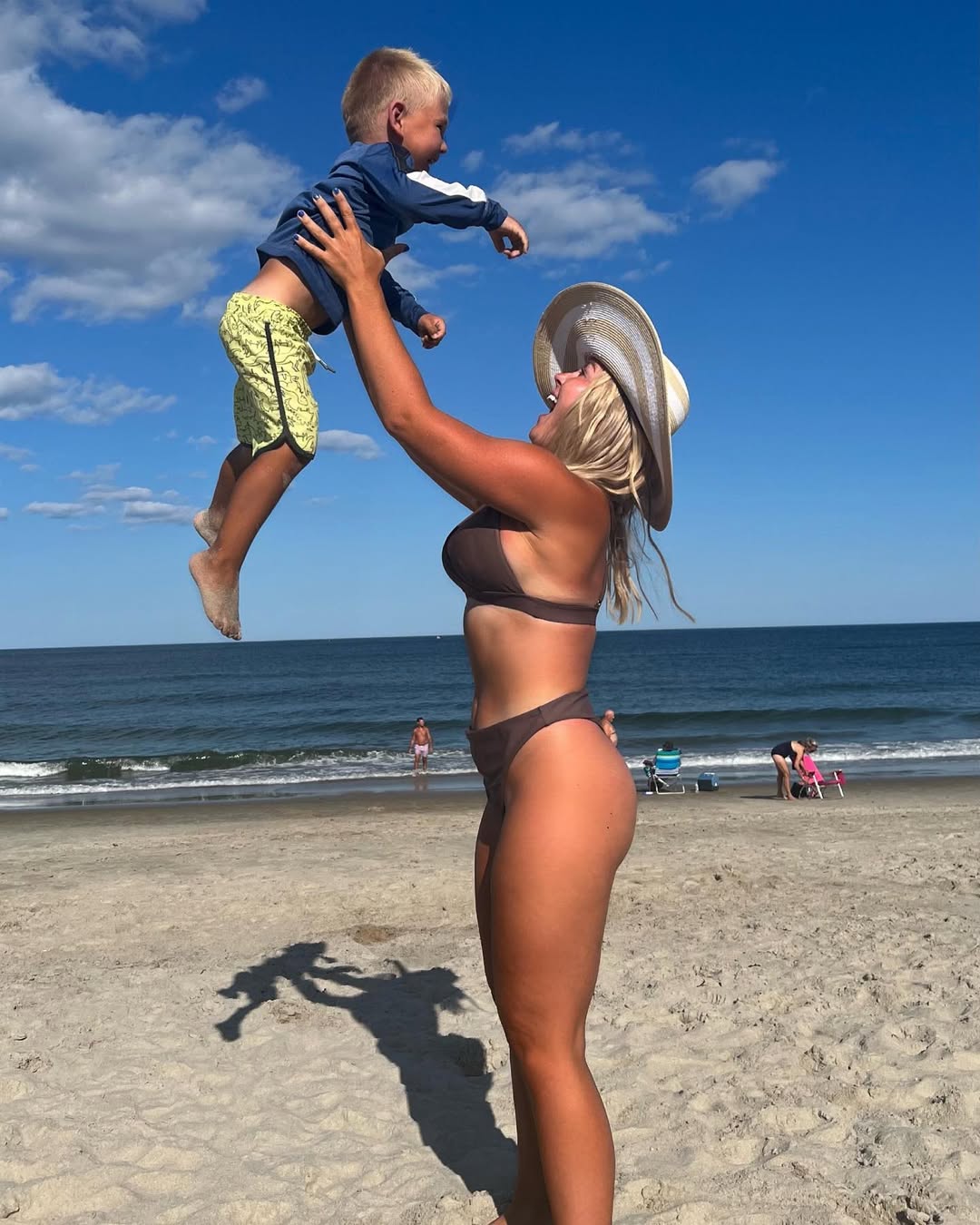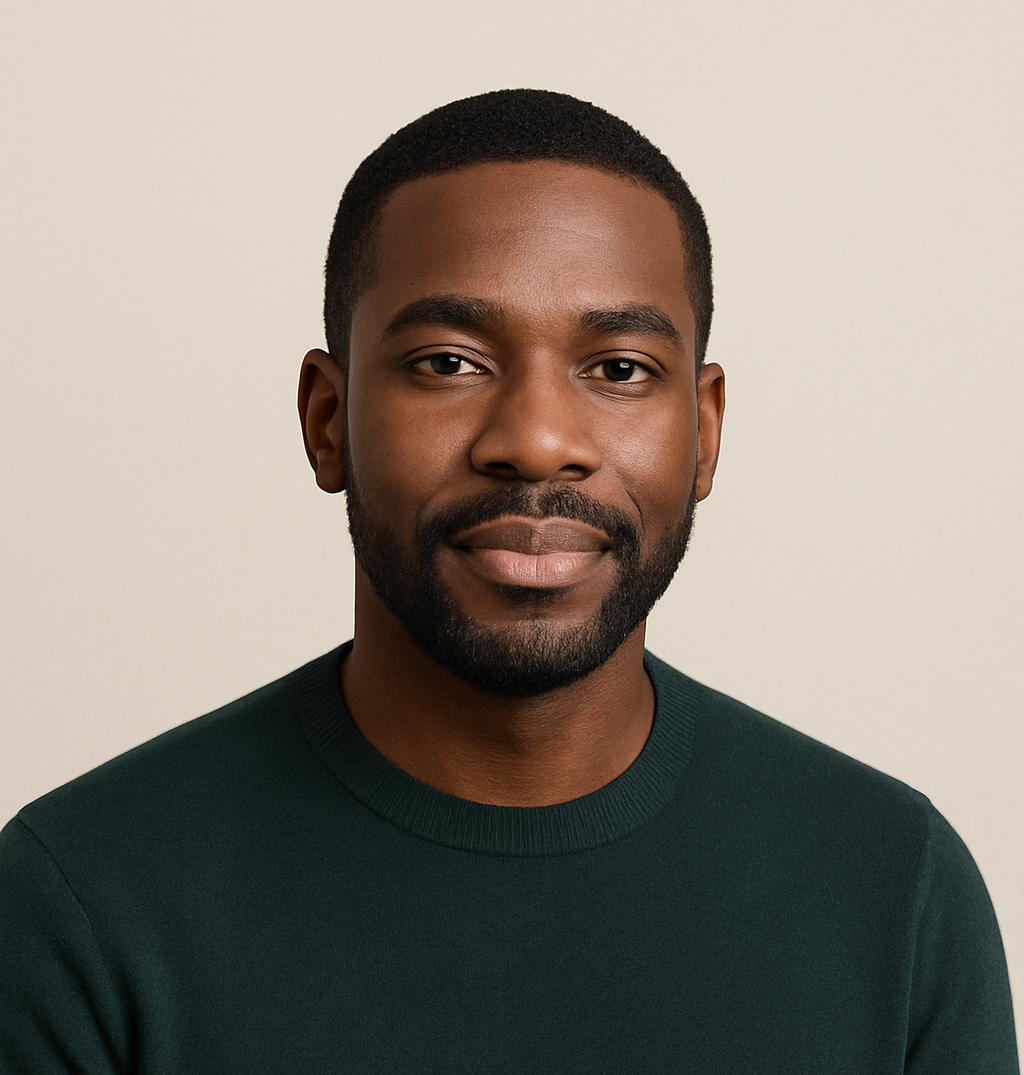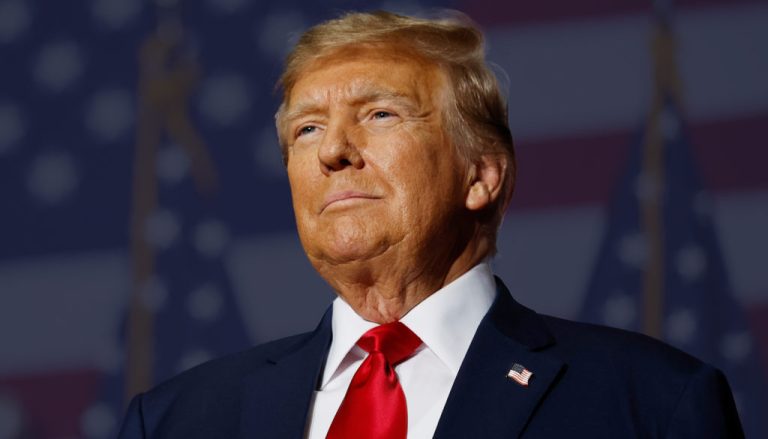In today’s political landscape, rising figures often face the dual challenge of leading in the public arena while protecting their personal lives from overexposure. Karoline Leavitt, the current White House press secretary and a fast-rising Republican voice, is no exception. While she is widely recognized for her sharp commentary, communication skills, and presence in political media, interest in her personal life—including photographs taken outside of official settings—has grown alongside her professional profile.
This dynamic highlights a broader issue: how do public officials balance the intense curiosity surrounding their image with the need to maintain boundaries between their work and private identities?

The spotlight of modern politics
Karoline Leavitt rose to national prominence quickly, transitioning from congressional communications to a historic role as the youngest-ever White House press secretary. With her new position came near-daily visibility. Her televised briefings, sharp exchanges with reporters, and steady defense of the administration placed her at the center of national attention.
But in today’s hyperconnected world, the spotlight doesn’t fade when the cameras shut off. Social media platforms amplify every public moment, blurring the lines between professional roles and personal life. Political leaders are no longer judged only by policy positions or press appearances—they are also scrutinized for how they look, how they dress, and even how they spend their time off duty.

Personal image as public narrative
The fascination with figures like Leavitt reflects a cultural trend: the public often equates political influence with celebrity. For decades, presidents, senators, and cabinet members were shielded by a certain formality. Today, however, high-resolution photos, viral posts, and instant commentary circulate without pause.
Images of politicians at the beach, at restaurants, or in casual attire frequently dominate discussions online. While many people see such photos as harmless glimpses into a human side of leaders, they also carry risks. Media framing can turn a casual snapshot into a commentary on character, discipline, or “relatability.”
For Leavitt, this growing attention has placed her within a familiar cycle faced by women in public life: navigating how much of their appearance is emphasized compared with their actual professional achievements.

Privacy vs. transparency
At the core of the issue is the tension between transparency and privacy. On the one hand, voters expect accountability and openness from their leaders. On the other hand, officials like Leavitt are entitled to personal lives outside of Washington.
Political analysts note that this balance is increasingly difficult to maintain. While male politicians also face scrutiny, women in high-profile roles often contend with disproportionate attention on their looks or lifestyle choices. This imbalance fuels debates over whether such coverage undermines serious policy discussions.
Leavitt herself has not directly addressed this aspect of public attention, but her role as press secretary demonstrates how carefully managed messaging can shape narratives. The very skills she uses to defend the administration’s policies may also prove essential in managing her own public image.

Lessons from history
The fascination with politicians’ private moments is not new. John F. Kennedy’s family photographs, Barack Obama’s basketball games, and Sarah Palin’s outdoor lifestyle all became part of their broader political brands. What has changed, however, is the speed and reach of digital platforms. A single photo today can generate headlines and commentary across dozens of outlets within hours.
For a younger political figure like Leavitt, who still has decades of potential public service ahead, this digital amplification creates both opportunity and risk. Controlled releases of personal photos can humanize a leader, but unguarded moments may distract from messaging or policy priorities.

The broader conversation
Ultimately, the discussion surrounding figures like Karoline Leavitt is less about individual photographs and more about what they symbolize in our culture. When private images become headlines, it reflects society’s growing tendency to consume politics as entertainment. This shift raises important questions: Are we elevating the wrong aspects of leadership? Are we demanding too much visibility from those who serve?
Leavitt’s journey underscores the modern reality: political leaders must not only defend their platforms but also constantly manage how their personal lives are perceived. In the age of social media, that balance between public service and personal privacy may be one of the toughest parts of the job.


James Jenkins is a celebrated Pulitzer Prize-winning author whose work has reshaped the way readers think about social justice and human rights in America. Raised in Atlanta, Georgia, James grew up in a community that instilled in him both resilience and a strong sense of responsibility toward others. After studying political science and creative writing at Howard University, he worked as a journalist covering civil rights issues before dedicating himself fully to fiction. His novels are known for their sharp, empathetic portraits of marginalized communities and for weaving personal stories with broader political realities. Jenkins’s breakout novel, Shadows of Freedom, won national acclaim for its unflinching look at systemic inequality, while his more recent works explore themes of identity, resilience, and the fight for dignity in the face of oppression. Beyond his novels, James is an active public speaker, lecturing at universities and participating in nonprofit initiatives that support literacy and community empowerment. He believes that storytelling is a way to preserve history and inspire change. When not writing, James enjoys jazz music, mentoring young writers, and traveling with his family to explore cultures and stories around the world.









